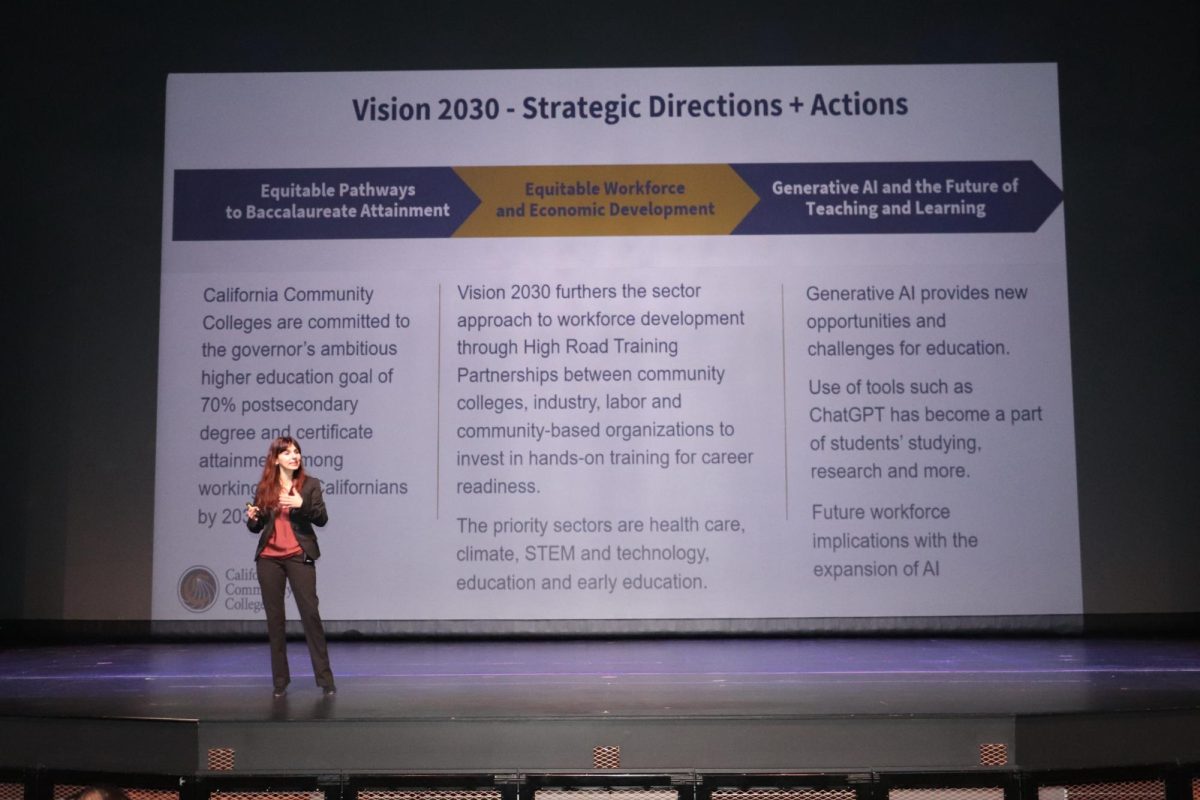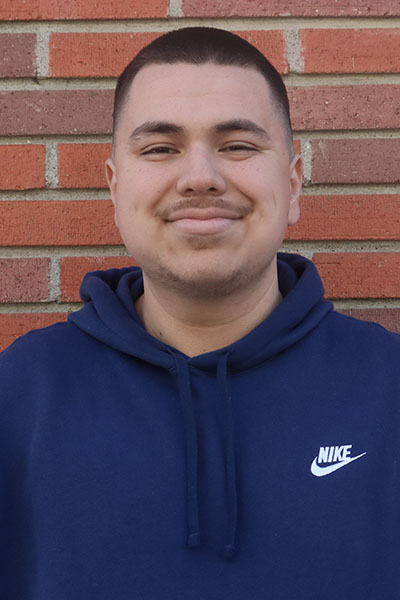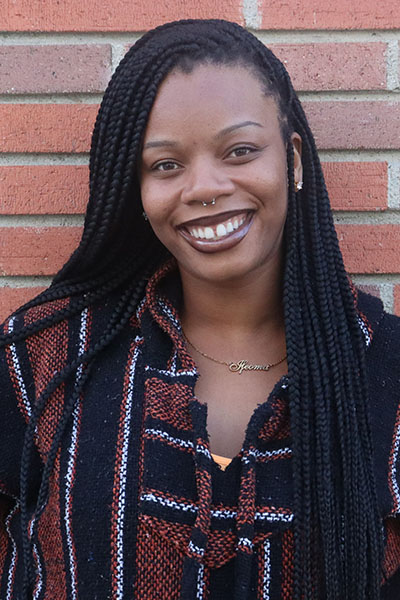A special president’s hour was held in the Performing Arts Center on Feb. 20th discussing the future of California Community Colleges and introducing the intended plan, Vision 2030.
Starting at 10 a.m., President Dr. Jose Fierro gave a detailed synopsis of the featured presentation and then introduced The Chancellor of California Community Colleges Dr. Sonya Christian to now begin the PowerPoint on what Vision 2030 and its intentions for all California community colleges.
Vision 2030 is a strategy formed on the foundation of the Vision for Success (2017) and the state governor’s “Multi-Year Roadmap” (2022).
“The Vision 2030 is a road map for the California Community Colleges for the next seven years, to really do some things one is to expand access with equity, make sure to provide students with success to get them to complete that certificate and that degree, and in order to do that make sure to provide the necessary support for the students,” said Christian.
The comprehensive goals of this educational plan are to strive for equity in success, access, and support.
The three-goal plan is designed to increase the accessibilities provided in community colleges through expanding dual enrollment, acknowledging veterans’ and adults’ prior learning, partnering with community organizations for workforce training, and providing flexible instruction, all to boost postsecondary attainment for current students and the 6.8 million Californians aged 25-54 without a postsecondary credential.
Christian states within her presentation how an intent within Vision 2030 is to introduce more programs designed for students to achieve bachelor’s degrees while within the community college systems.
With the objective being to promote the success of students within the system, having access to these resources is another vital part of this aim.
In the direct presentation, Christian engages the idea of helping more students, especially those who don’t have many opportunities, by offering different paths to either go to college or start working right after high school.
The goal is to reach specific groups of students who are currently in school or thinking about going to school in the future.
“We have to think about how we can come up with customized support for these students to get to the finish line,” said Christian.
Cerritos has been great in terms of student support ever since the 2020 pandemic during times when students may seek help the most and Vision 2030 hopes to add to that support.
“Cerritos is developing plans for the students, and it’s very much an alignment with the Vision 2030, I just see Cerritos supporting the local community getting more students to get their degrees and ultimately jobs that are good jobs that will help support families,” said Christian.


















